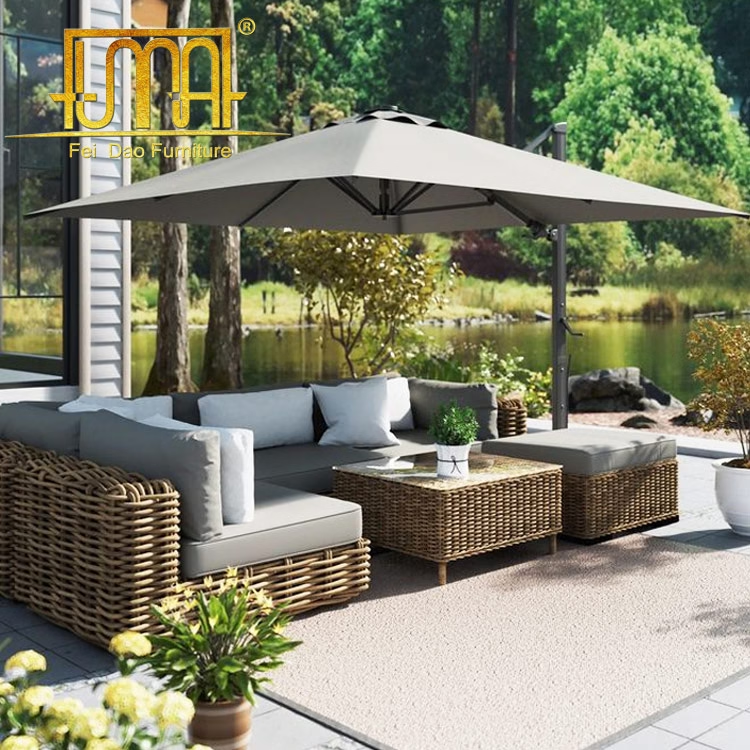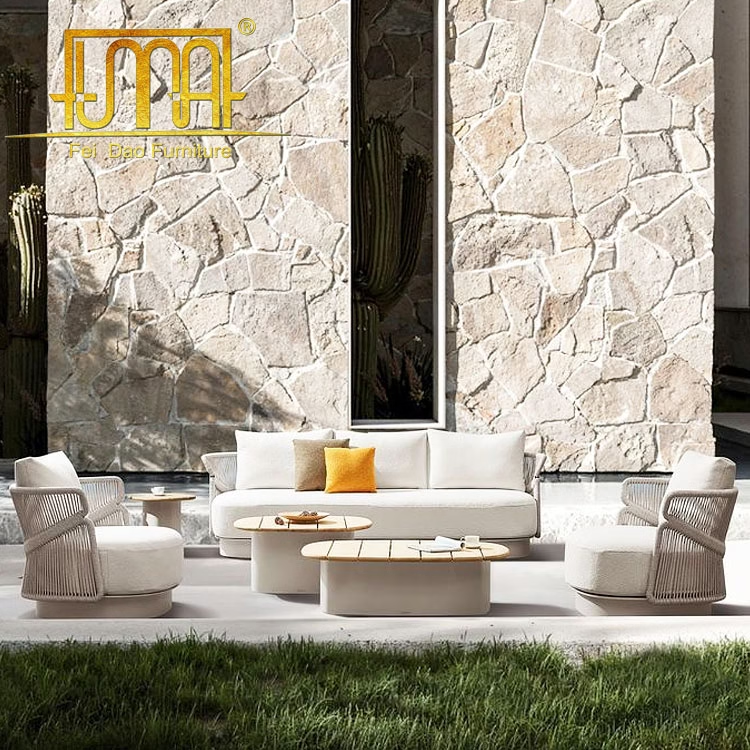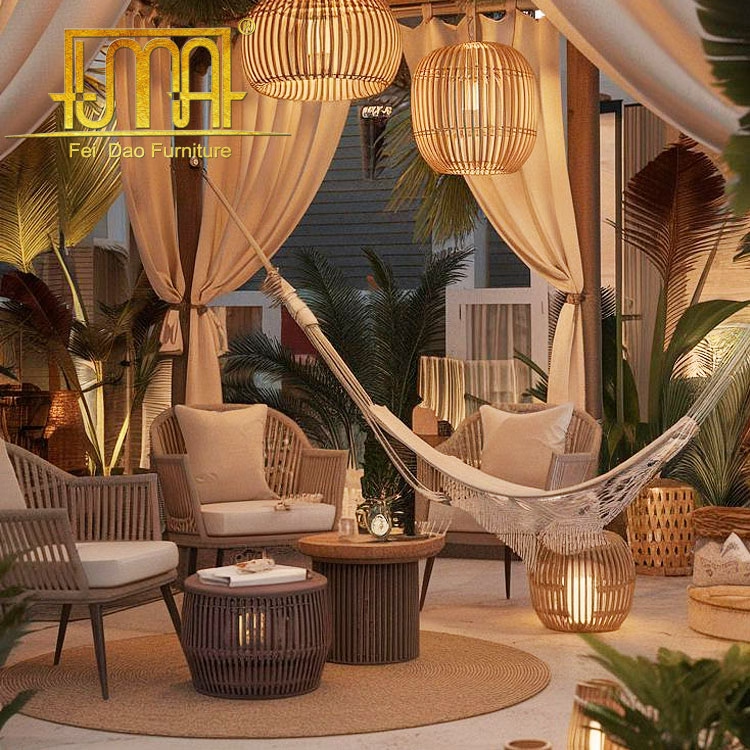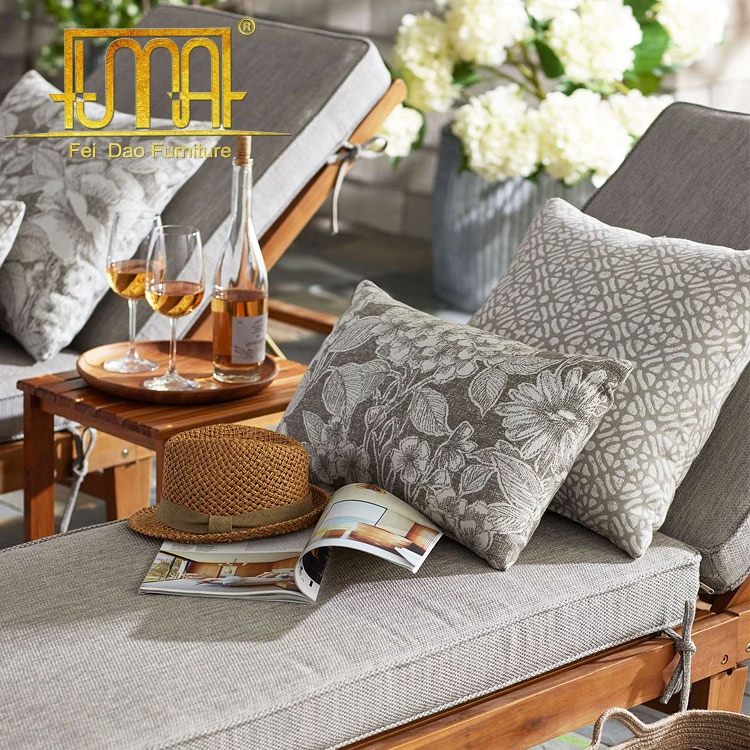Outdoor Furniture Buyer’s Guide
For outdoor furniture choosing the right colours and materials matters even more than for indoor hospitality furniture; here’s why.
Why colours can matter:
Black furniture can get too hot in prolonged direct sunlight, but it is equally important to avoid white table tops, which can cause an almost unbearable glare in the same circumstances (as can polished metal).
Equally, white furniture can attract fine traffic dust if near a road; plastic seats which generate static electricity which then attracts dust are particularly vulnerable (sometimes an anti-static treatment is available to counter this).
Much plastic and metal outdoor furniture are now available in a wide range of colours; in some instances, large orders can be matched to a RAL colour.
Why outdoor furniture materials matter:
Plastic
Plastic is popular, but dark colours can bleach in direct sun. Be sure to choose furniture with the correct UV protection to reduce this. As plastic is non-porous some chairs have drainage holes; without these, water can puddle and leave a muddy watermark.
Stainless steel
is also often specified, but a high grade is needed to minimise rust, particularly beside the sea, where salt in the air can be especially damaging. Technically speaking, better quality stainless steel contains more chrome, nickel and molybdenum, the latter an additive to help resist corrosion to seawater and other chlorides. More resistant stainless steel is graded ‘316’, while normal stainless steel is ‘304’
Galvanised metal
Galvanised finishes on steel chair legs in particular are also fairly common. The process involves dipping the metal in a bath of zinc, which then oxides and protects the steel from rust. Good protection against the elements, as long as no bare steel is later created by screw holes or cut leg ends, where rust can then form. The characteristic crystallisation pattern is often called a ‘spangle’.
Cast iron
Cast iron is usually used in pedestal table bases; they give great stability, are long-lasting (they do need to be treated for outdoor use) and they are good at resisting the wind. But pedestal bases mean you can’t also have a central parasol hole.
Cast aluminium
Cast aluminium chairs are becoming more affordable and extruded aluminium table legs have been popular for years. Untreated aluminium has very good corrosion resistance in most environments, as it forms a thin oxide layer that prevents further oxidation. But again there is a health warning: ‘Galvanic corrosion’ which eats away at the metal can occur in environments with high chloride levels (ie beside the sea or on a cruise liner). This process occurs when the aluminium is in contact with a different metal, typically stainless or galvanised steel. Special finishes are often available; they will take a little longer and cost a little more.
Stone table tops
Stone table tops are specified often for their weight, so they do not get blown away, but remember that most stone requires a lacquer to protect from scratches. For stone and other vulnerable surfaces, we also recommend fully-glazed crockery as unglazed undersides of plates will scratch most table tops.
Hardwood
Hardwood is one of our favourite outdoor materials, as it ages beautifully. But all wood will need regular maintenance, usually a wash-down and then a re-oil; without this, stains can form immediately. Even with this treatment, wood can also move and twist, hopefully doing no more than adding character (!) Convincing wood-looking plastic alternatives are also available.
Upholstery
Upholstery can be used outside; great waterproof fabrics are available and highly recommended by us although you do need to store upholstery out of the weather when it is not in use. It is also worth remembering that although the fabric is waterproof, a stitched seam on a cushion may not be, making a cushion act a bit like a sponge.
A final point on materials is that some, particularly metals, get very hot in direct sunlight.
Outdoor furniture storage
What you are going to do with your furniture when not in use? Keep in mind that in order to keep outdoor furniture in its best shape we recommend storing outdoor furniture inside for the winter.
Often it will be stored inside and needs to stack; remember that different chairs can be stacked to different heights and some only stack four high; some do not stack at all.
Pedestal tables can have ‘flip-tops’ and nesting bases for neat storage and some four-legged tables can stack on top of each other in a corkscrew-like manner. You can also choose folding chairs and tables, but they will be less robust and sometimes can be a bit of a fiddle to fold up (as well as being a finger-catcher!).
If the furniture is left outside and is chained up for security, choose a design with an opening for the chain to go through.
Wobbly outdoor tables & chairs
Consider the surface under the furniture. If it is not flat, your furniture with the wobble and although you can get tables with adjustable feet, no solution is perfect. Metal chair legs tend to have some flex, so when sat on will settle satisfactorily, but be careful if there are gaps in the surface for thin legs to slip down.
Welcome to follow our Instagram, Tiktok.
Or contact us directly.
Want to read another article? Please click this: Hammock buying guide










